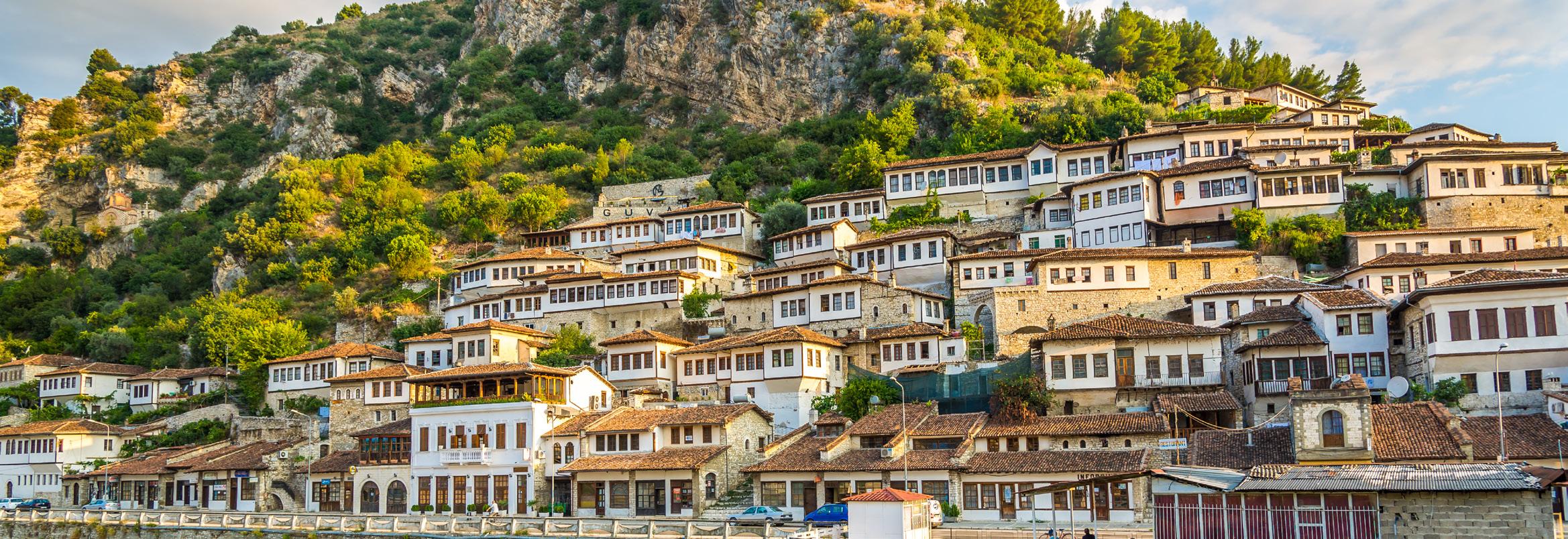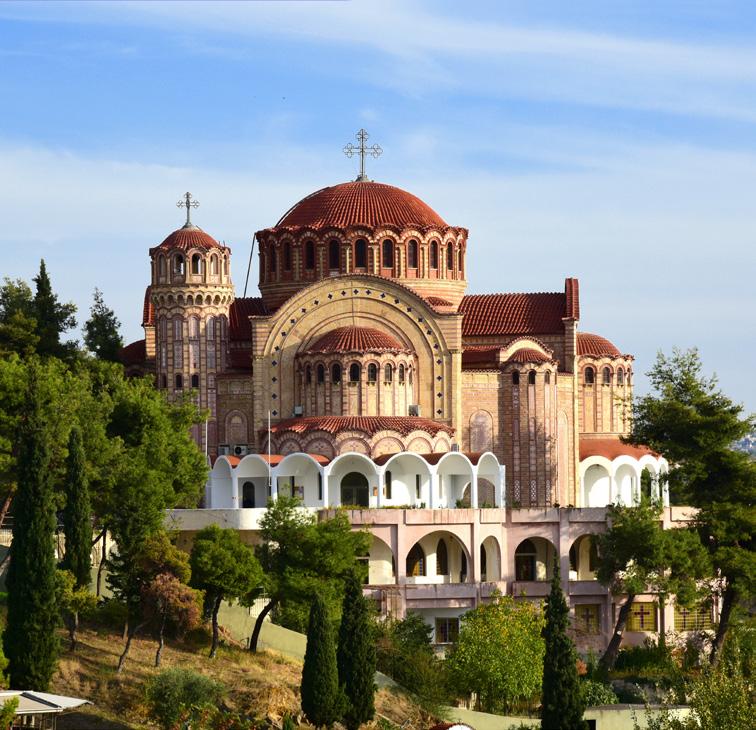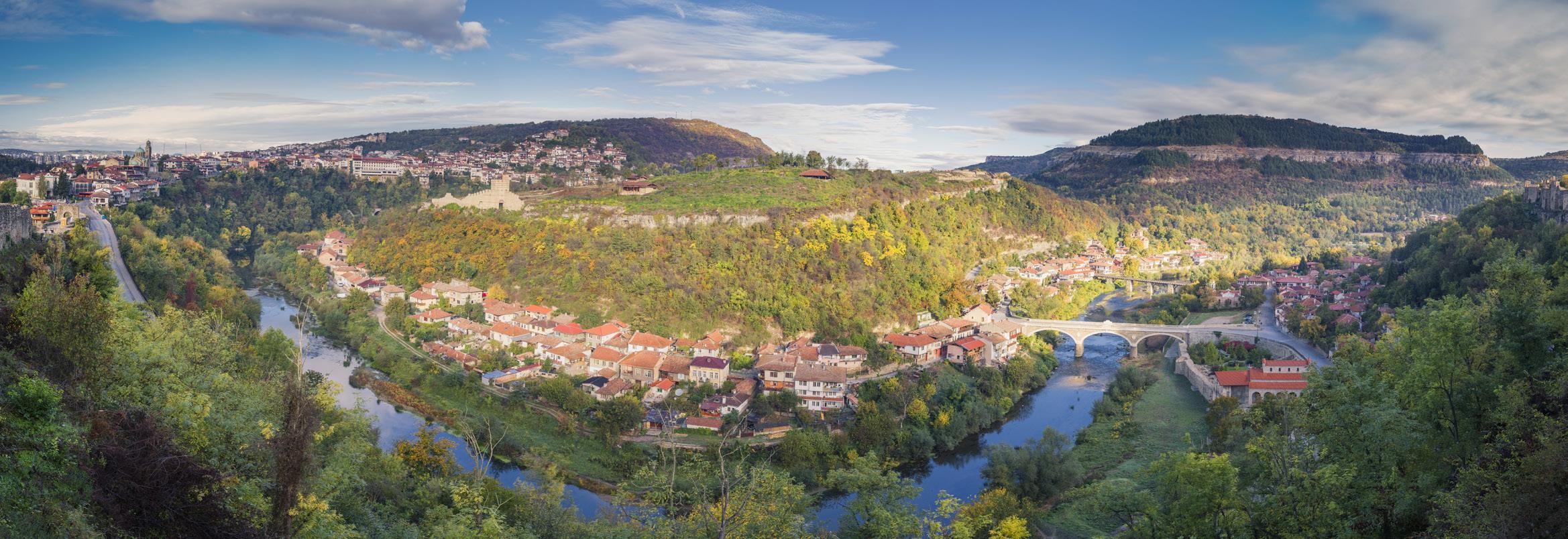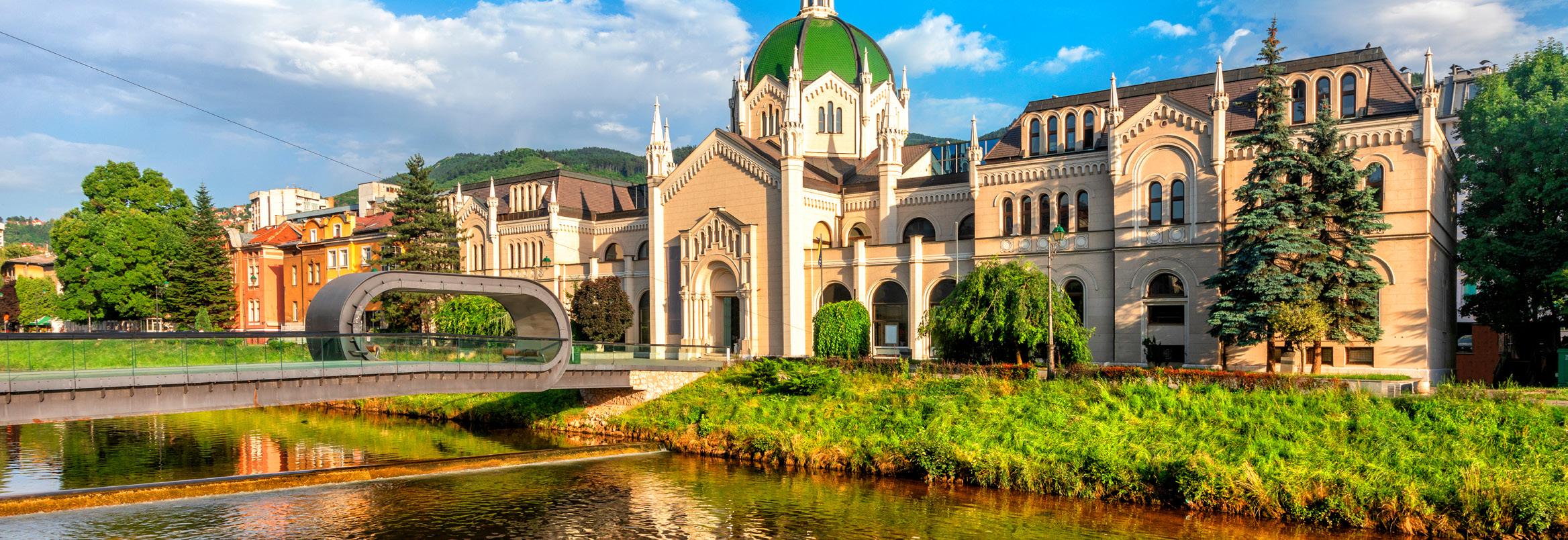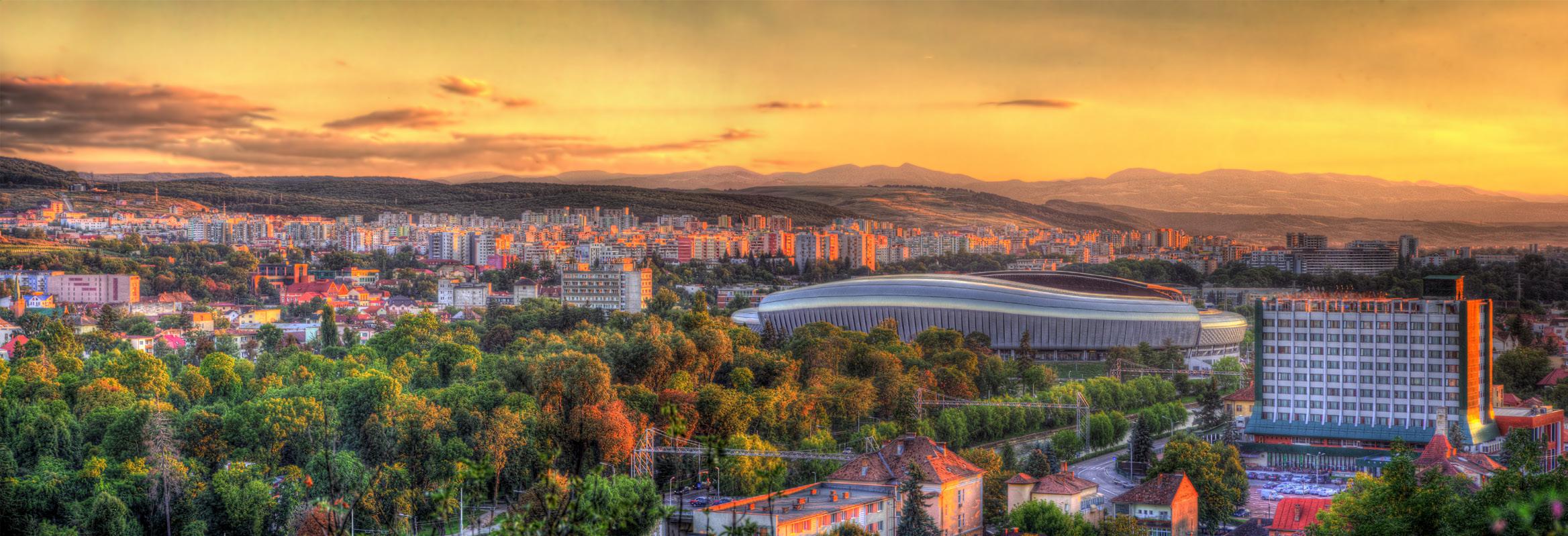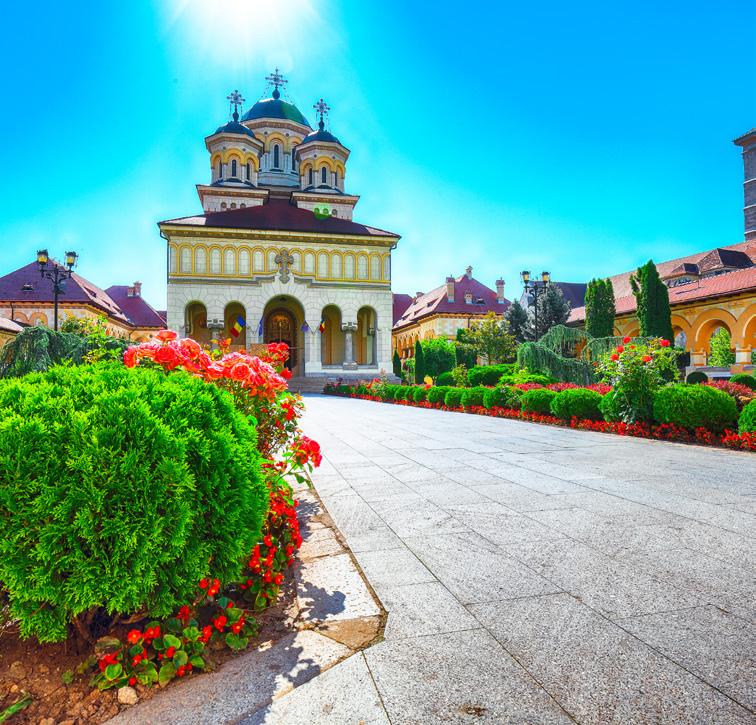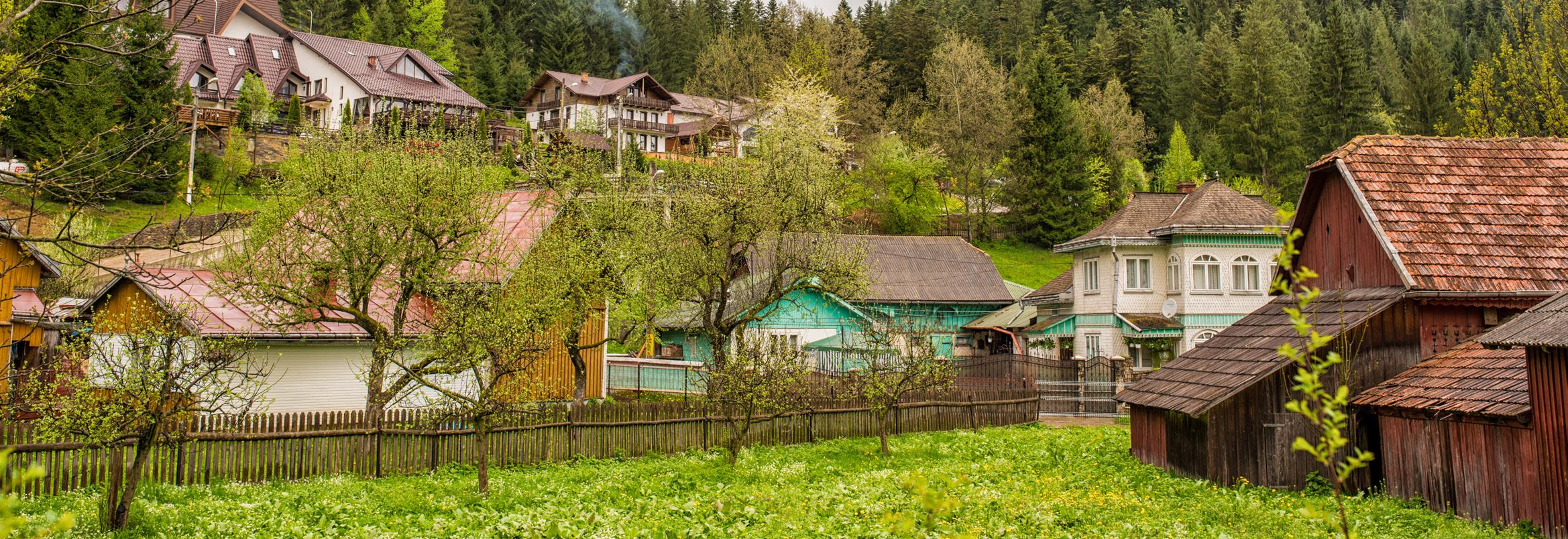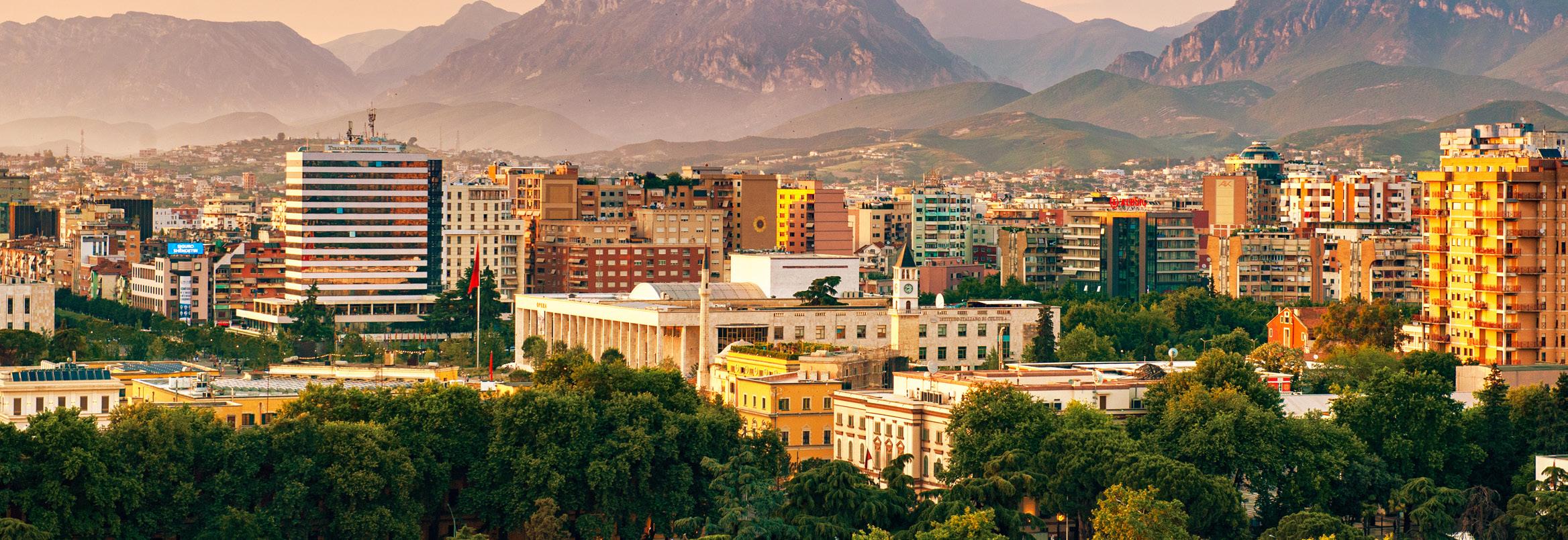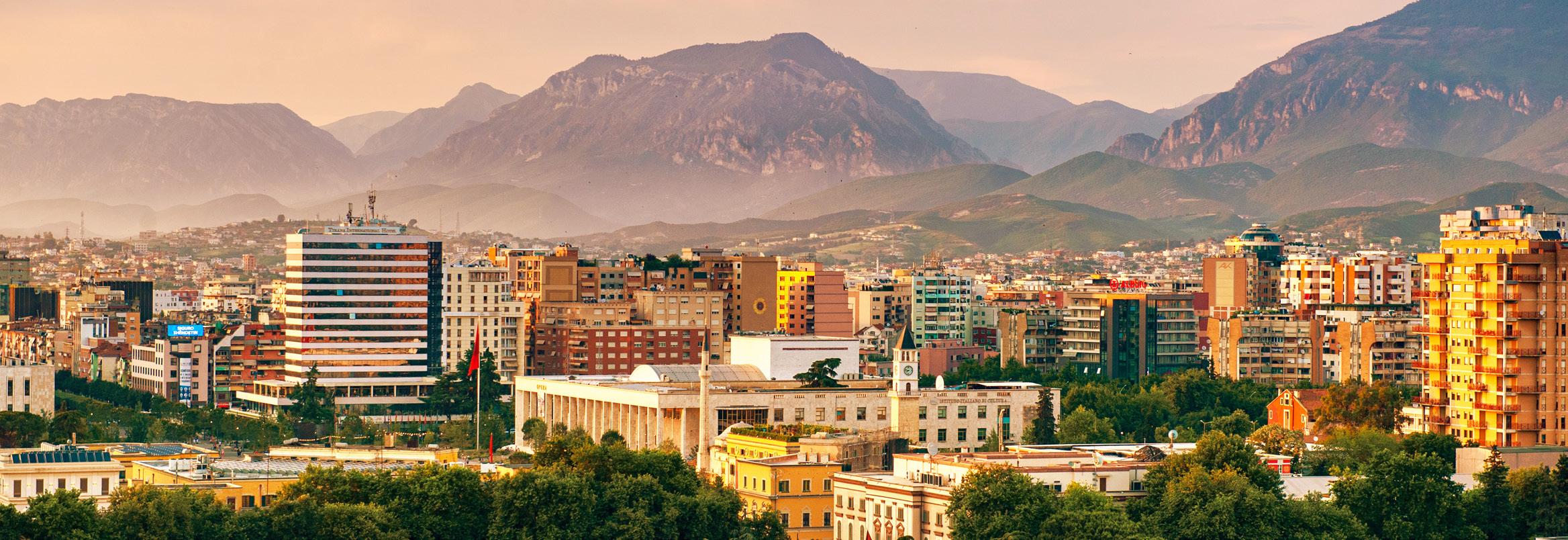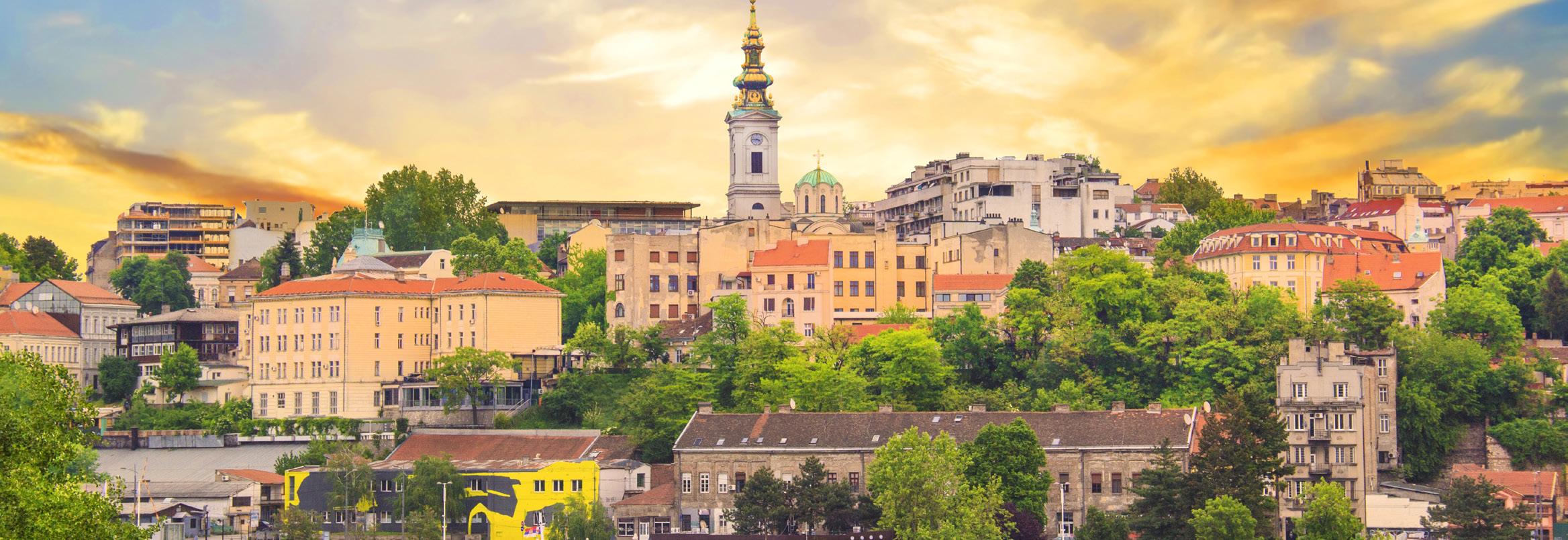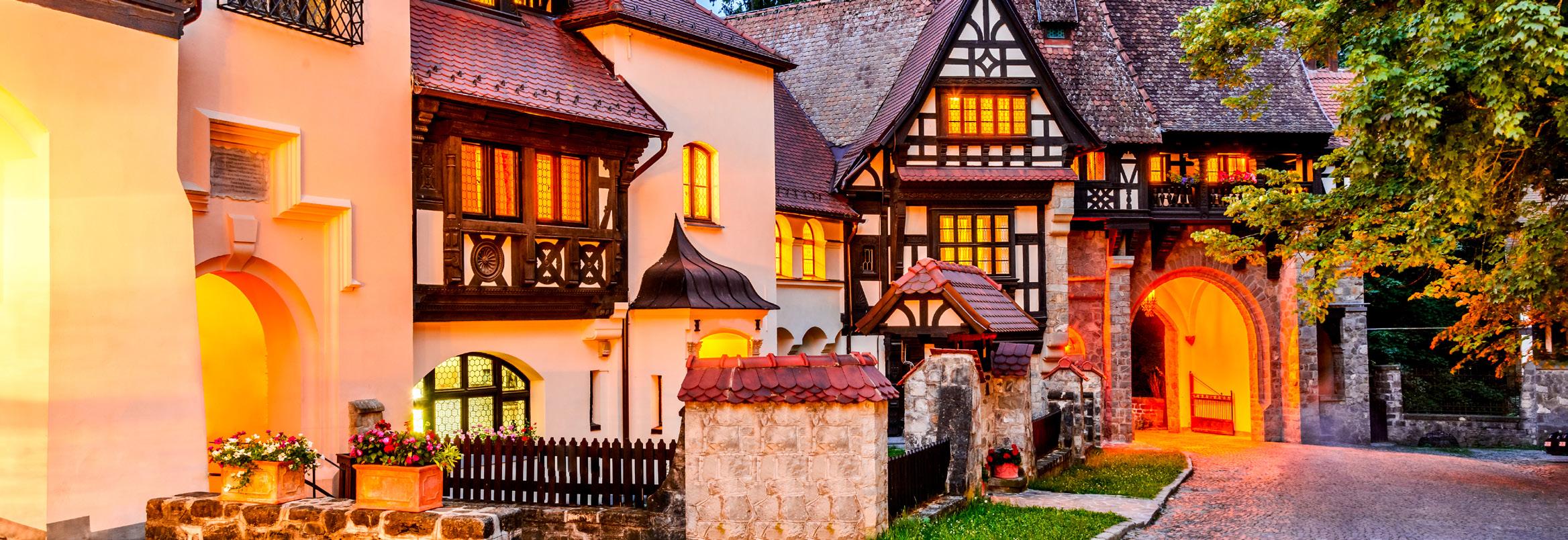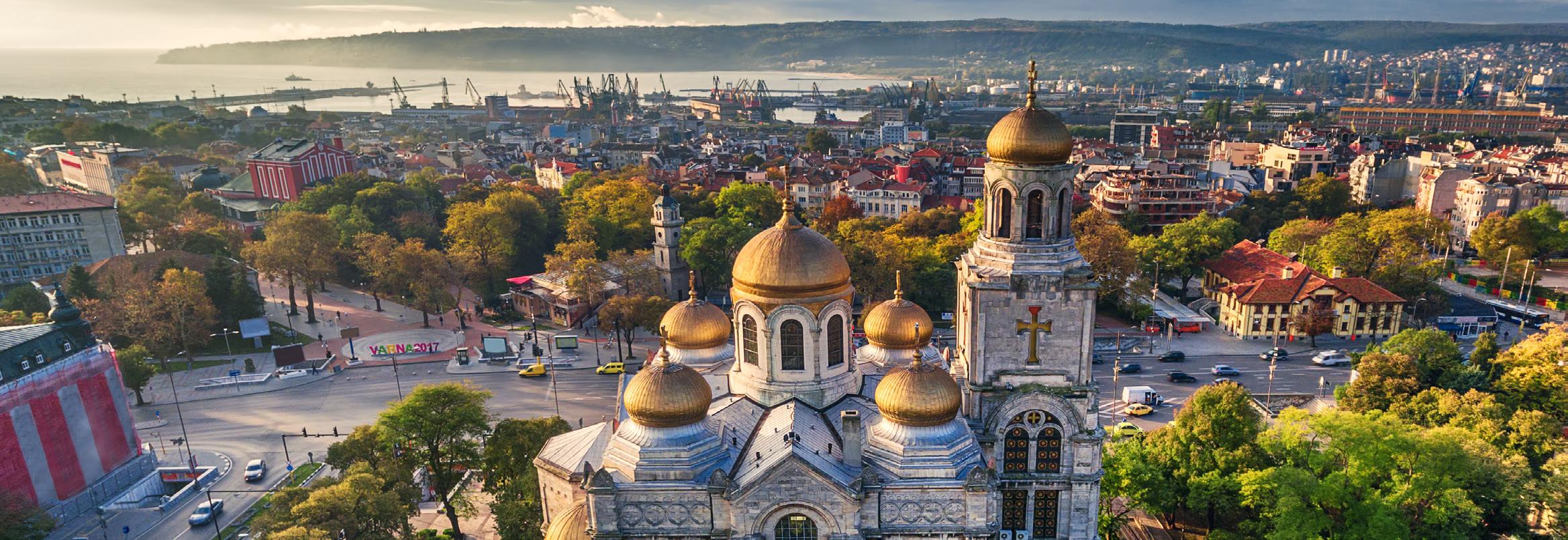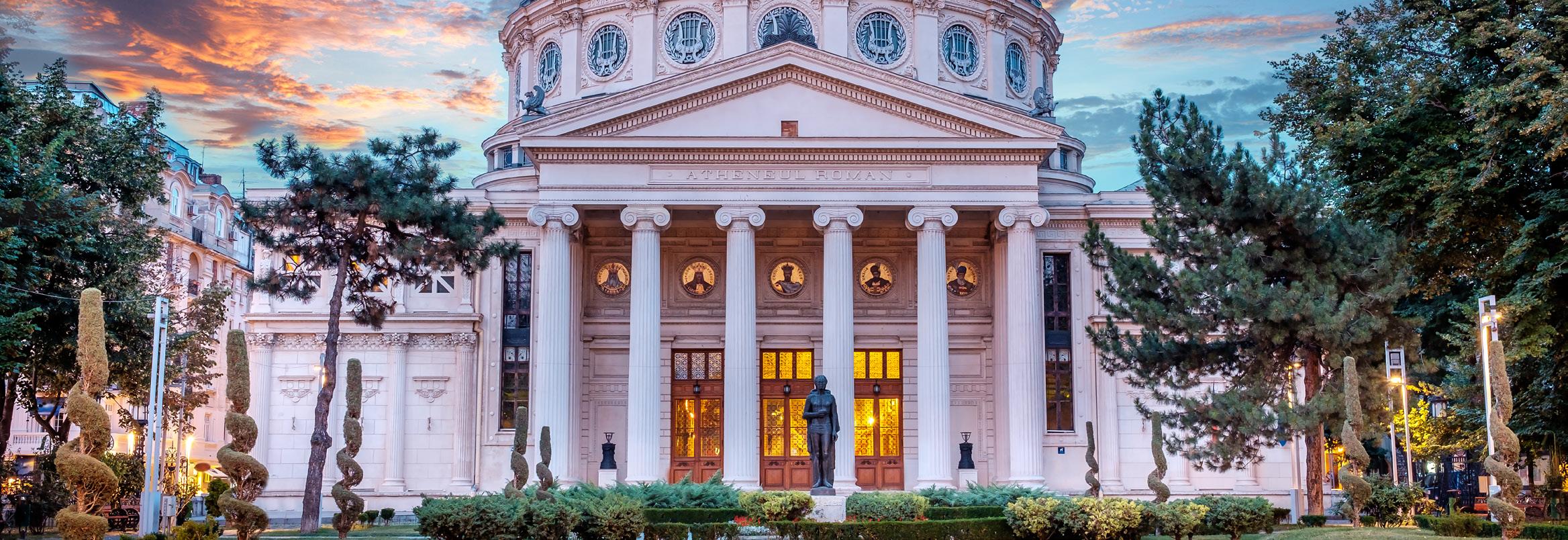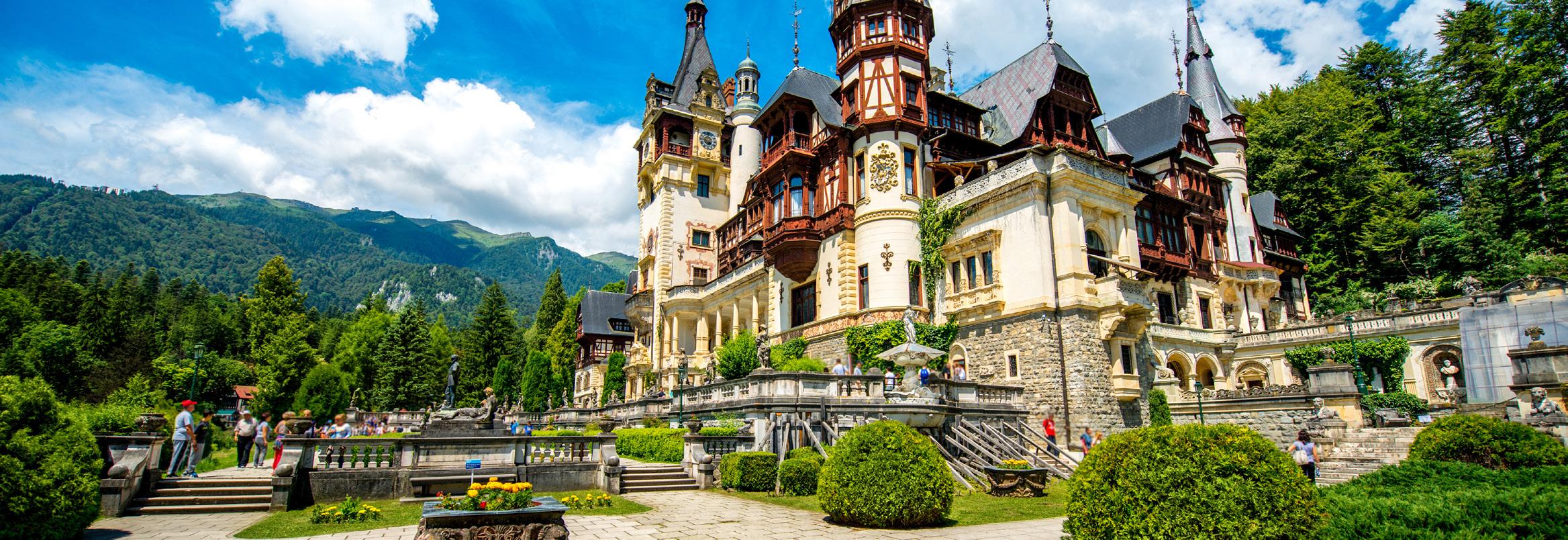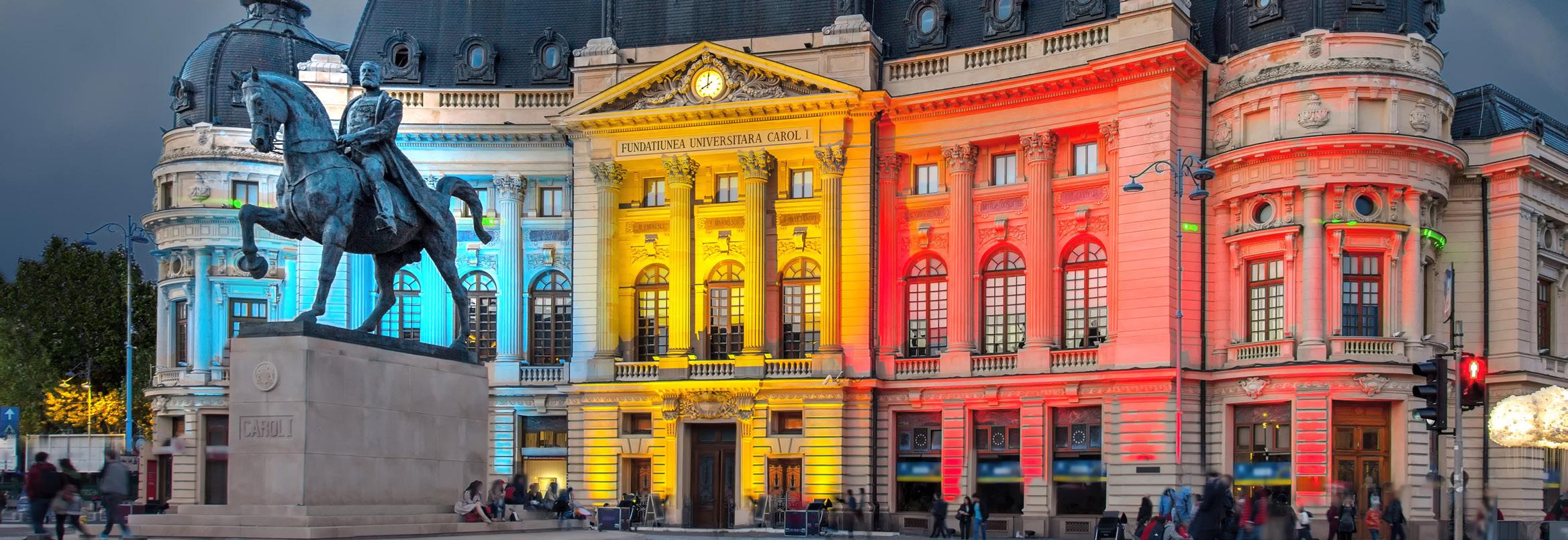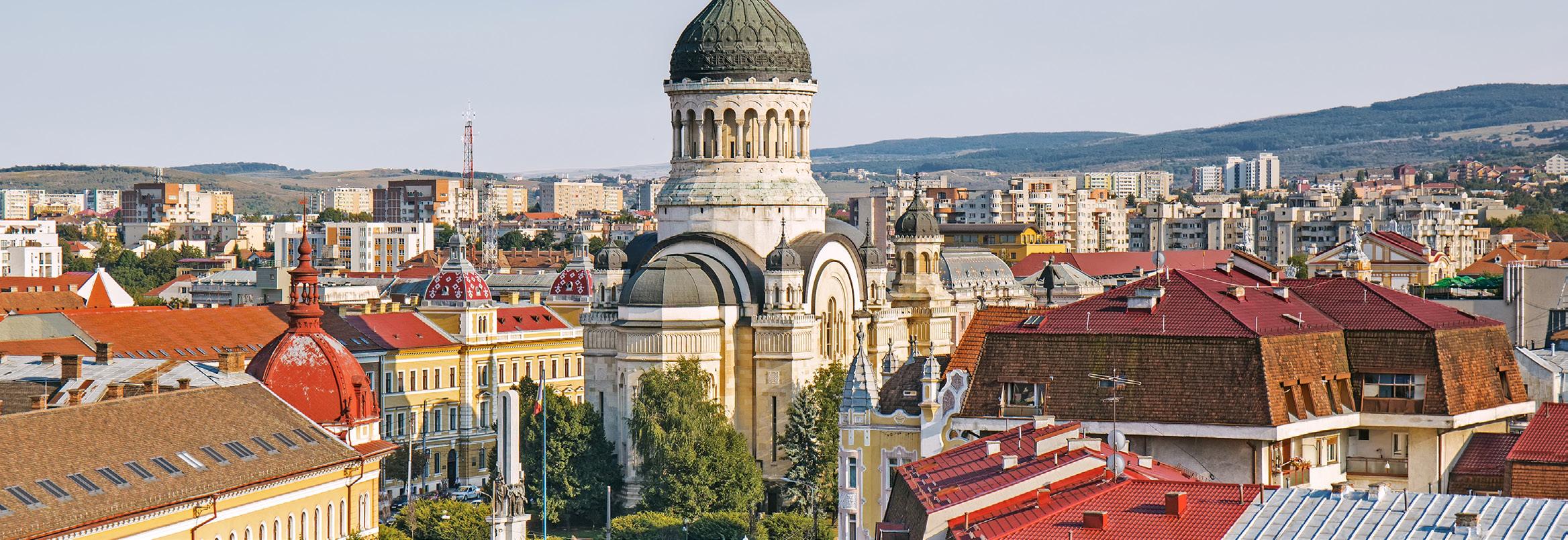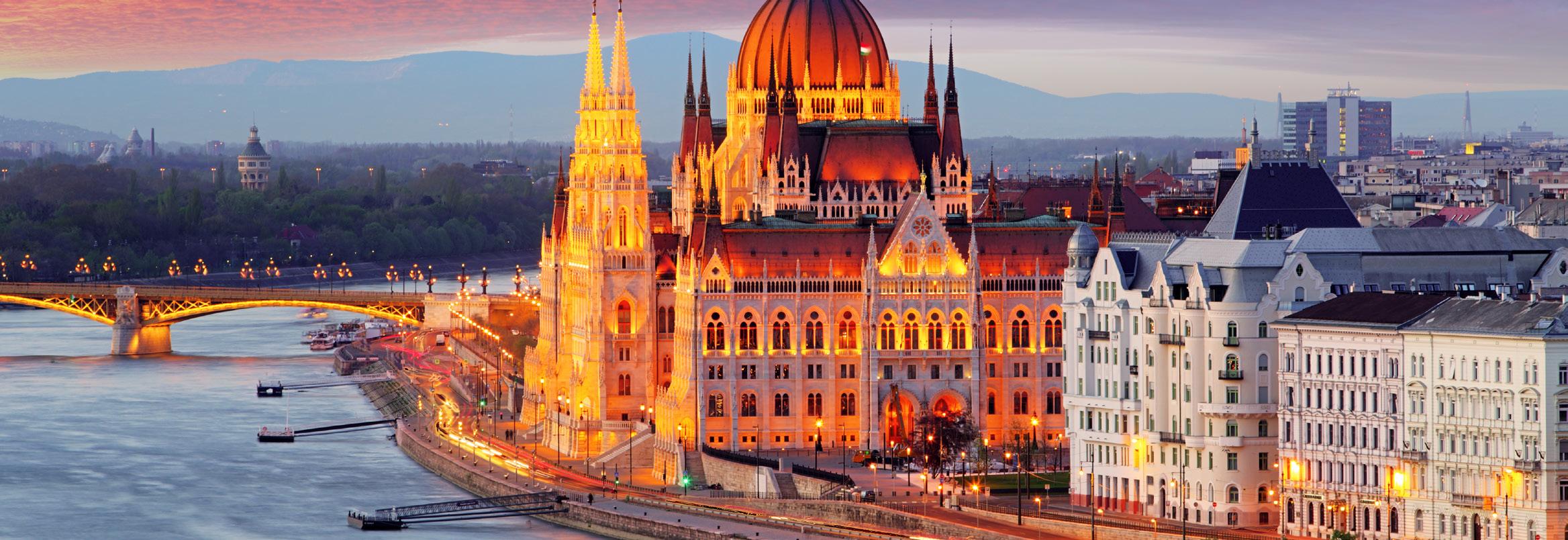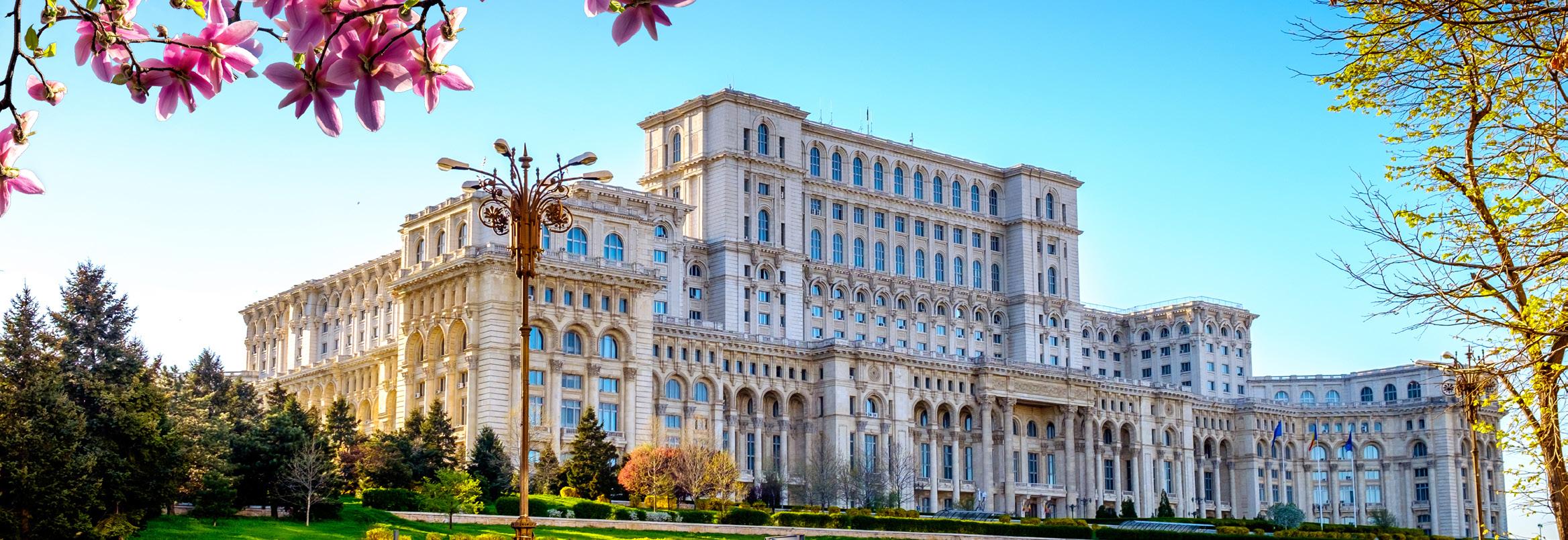Romania, Bulgaria, Serbia, Kosovo, Macedonia, Albania, Muntenegro & Boznia and Herzegovina
The Most Beautiful Secrets of the Balkans Day 1. Homeland-Bucharest: Departure from your country and flight to Bucharest. Bucharest is the capital and largest city of Romania, as well as its cultural, industrial, and financial centre. It is located in the southeast of the country, on the banks of the Dâmbovița River, north of the Danube River and the Bulgarian border. Bucharest was first mentioned in documents in 1459. It became the capital of Romania in 1862 and is the centre of Romanian media, culture, and art. Its architecture is a mix of historical, interbelic, communist era and modern. In the period between the two World Wars, the city’s elegant architecture and the sophistication of its elite earned Bucharest the nickname of “Little Paris”. Arrival and transfer to the hotel. Day 2. Bucharest, Arbanassi, Veliko Tarnovo Panoramic tour and visit of the Romanian capital, Bucharest. We visit many of the older parts of the city to discover the architecture that earned it the reputation as the ‘Paris of Eastern Europe’ such as the striking columned facade of the Romanian Atheneum concert hall and the Royal Palace of Bucharest. We will also see the exterior of the Palace of Parliament, which is the second largest building in the world. We will make a visit to the fascinating Village Museum where we can see a collection of old wooden churches, windmills and peasant dwellings from different regions. Departure for Bulgaria. Visit of the classified village-museum of Arbanassi and a church. Arbanasi is a village in Veliko Tarnovo Province of central northern Bulgaria, set on a high plateau between the larger towns of Veliko Tarnovo and Gorna Oryahovitsa. It is known for the rich history and large number of historical monuments, such as 17th- and 18thcentury churches and examples of Bulgarian National Revival architecture. Day 3. Veliko Tarnovo, Tryavna, The Valley Of Roses, Plovdiv Visit of the historic town of Tryavna: Daskalov House and the small wood carving museum, the museum of icons. Road through the Chipka pass and visit of the Russian church. Visit the replica of the tomb of Kazanlak, classified UNESCO and a rose distillery. Arrival in Plovdiv, designated European
38
Capital of Culture in 2019. Day 4. Plovdiv, Bansko: Visit of Plovdiv and the ethnographic museum. During most of its recorded history, Plovdiv was known in the West by the name Philippopolis after Philip II of Macedon conquered the city in the 4th century BCE. The city was originally a Thracian settlement and subsequently was invaded by Persians, Greeks, Celts, Romans, Goths, Huns, Bulgars, Slavs, Rus people, Crusaders, and Turks. Road to Brestovitsa: visit of a cellar and tasting of local wines. Arrival in Bansko, gateway to the Pirin National Park. Day 5. Bansko, Rila, Sofia: Visit of the magnificent Rila, UNESCO-listed. Road to the Bulgarian capital, Sofia. Visit (with local guide) of Boyana Church. Panoramic tour and visit of the Alexander Nevsky Cathedral and Hagia Sophia. Typical dinner with traditional music. Day 6. Sofia, Nis, Pristina, Skopje: Entry to Serbia and road to Nis. Entry into Kosovo.Panoramic tour of Pristina: the imperial mosque. Entry to Macedonia and road to Skopje. Day 7. Skopje, Ohrid, Tirana: Panoramic tour of Skopje: the National Theater, the Stone Bridge on the Vardar River. Visit of the Kale Fortress. Departure for Ohrid, an elegant UNESCO listed city located on the lake of the same name, a 358-squarekilometer inland sea with important remains including the Saint Sophia Cathedral. Accommodation for two nights in Tirana. Day 8. Tirana, Kruje, Tirana: Panoramic tour of the Albanian capital, Tirana. Tirana is the capital and largest city of the Republic of Albania. Tirana is located in the center of Albania and is enclosed by mountains and hills with Mount Dajt elevating on the east and a slight valley on the northwest overlooking the Adriatic Sea in the distance. It is among the wettest and sunniest cities in Europe, with 2,544 hours of sun per year. Trip to Krujë dominated by the Skanderbeg Fortress and visit of the museum.

